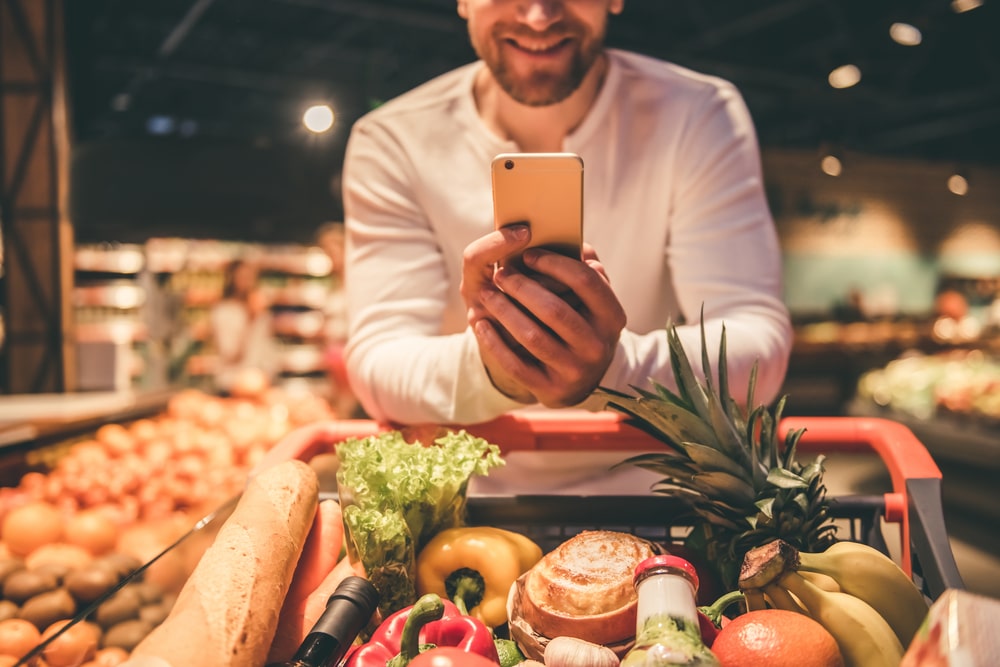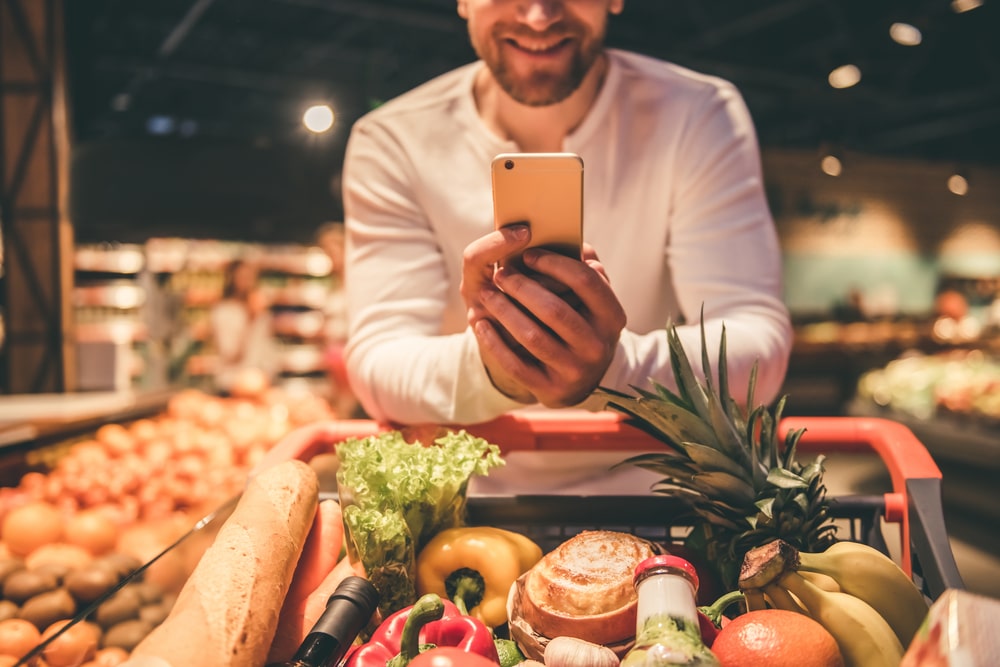Though beacon technology in retail has been in use by marketers for years, many haven’t yet realized how intuitive it has become. The highly sensitive systems allow brands and retailers to guide consumers to specific locations, and can even direct them to products on store shelves. These beacons often combine several engaging features, including incentivization and video marketing, to provide a stronger in-store marketing ROI.
Brick-and-mortar shopping changed with the introduction of online options, but not in the way many expected. Instead of pulling consumers out of stores, digital features, like beacons, now enhance their in-store experiences. These enhancements can include simple options such as managing rewards programs, or may involve campaigns that turn the store into a digital scavenger hunt for shoppers. In either case, beacons are a critical part of any mobile app marketing strategy.
Gaining Data and Insight With Beacon Technology in Retail
Beacons evolved from old systems based on GPS mapping and push notifications. These GPS systems required a constant power source, and were often difficult to target. Beacons offered a low energy solution, allowing stores to take advantage of push notifications—something they couldn’t do before with smaller, low signal technology. These beacons now enable marketers to send messages directly to devices, but are also capable of receiving messages in the form of data. Beacon technology has the capability to provide insight on:
- Shopping behavior: Beacons can collect data to establish common in-store shopping patterns, like which departments consumers visit first, last, and in the middle of their trip. This information aids in setting displays and locating prime shelf space.
- Favorite locations: Beacons can also provide information on the areas where consumers spend the most time. Dwell time knowledge provides insight into everything from peak hours to staffing needs and product positioning strategies.
- Customer information: Beacons can provide detailed information on specific consumers, like what brands and locations they prefer. This data gives brands the opportunity to personalize offers and increase sales.
Using beacons in marketing requires prudence. Only the individuals who opt into a beacon program should receive notifications on their smartphones or devices. Typically, consumers opt-in by downloading a mobile shopping app that partners with the location. These partnerships prevent disruptive advertisements which would hinder the consumer-brand relationships.
How Beacons Can Help Brands Reach Consumers in the Store
 Beacons offer a way to connect with consumers who use certain mobile apps. This type of marketing leverages innovative apps like Shopkick to deliver impactful content to consumers in the store, and also to guide consumers to products on the shelves. Third-party apps allow brands to:
Beacons offer a way to connect with consumers who use certain mobile apps. This type of marketing leverages innovative apps like Shopkick to deliver impactful content to consumers in the store, and also to guide consumers to products on the shelves. Third-party apps allow brands to:
- Create personalized greetings: Beacons can send singles to participating smartphones which trigger personalized greetings when a consumer enters or leaves a location. Such greetings enhance the customer experience and create positive brand affinity. They can also take the place of traditional store greeters, allowing managers to allocate personnel to more essential tasks.
- Guide consumers to products: Apps with beacon technology allow brands to guide consumers to specific products, even when their shelf space isn’t ideal. Shopkick leverages this strategy through a unique incentive model. Consumers receive a notification when they enter a participating location. They are then shown a listing of products which they can seek out on the shelf to collect kicks (aka rewards points). This process has great potential for brands rolling out new products, as it makes the consumer aware of the product as soon as they enter a location, and incentivizes them to find it on the shelf.
- Connect with household decision makers: Shopping apps that incorporate unique technology, like beacons, are a favorite among household decision makers for obvious reasons. For these shoppers, beacon technology allows them to receive information directly to their mobile devices that help to streamline their trip. By transmitting information such as deals and sales directly to the household decision maker, brands target the right person which, in turn, leads to a sale.
Partnering with third parties allows brands to clear the most common hurdle in beacon campaigns; customer permission. Consumers who download an app accept advertisements from brands as there is a value exchange. In exchange for their attention, consumers receive incentives which keep them interested in the app. While retention of existing customers is managed by the third-party, such programs also offer brands the opportunity to reach out to new consumers who may not be familiar with their products.
Partnering with third parties allows brands to clear the most common hurdle in beacon campaigns; customer permission.
Combining beacon technology in retail with third-party apps can help brands connect with consumers as they shop. It allows them to tie the brick-and-mortar location to the digital space, creating an enhanced customer shopping experience. These programs also provide useful insight which brands can use to improve other marketing efforts. Beacons have come a long way since their introduction, and their use is set to explode as more consumers shift their browsing habits to mobile.
Shopkick partners supplement their existing mobile app programs with our app, so they can broaden their audience and reach new consumers. To add our app to your marketing mix, contact us.
Image courtesy of VGstockstudio





